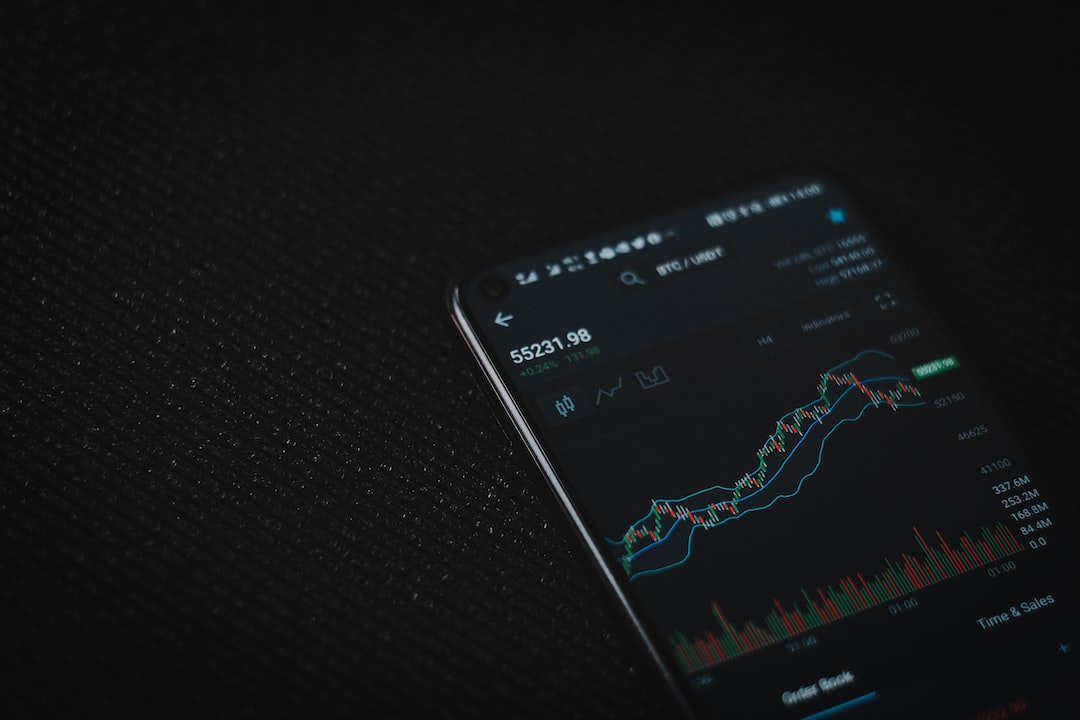Foreign exchange (forex) transfer has become a common practice in today’s globalized world. With the ease of online banking and mobile payments, sending and receiving money across borders has become easier than ever. However, it is important to understand the costs involved in the process of incoming forex transfer, as they can significantly impact the amount of money received.
The costs involved in incoming forex transfer can be divided into two main categories: fees and exchange rate.
Fees
Banks and other financial institutions charge fees for incoming forex transfers, which can vary depending on the amount of money being transferred, the currency being used, and the institution involved. Some common fees associated with incoming forex transfers include:
1. Commission fees: Some banks charge a commission fee for processing incoming forex transfers. This fee is usually a percentage of the total amount being transferred and can range from 0.1% to 2%. For example, if someone is transferring $10,000, and the commission fee is 1%, then the bank will charge $100 for processing the transfer.
2. Wire transfer fees: Banks charge wire transfer fees for the transfer of funds between different financial institutions. The fees can range from $10 to $50, depending on the bank and the country of origin.
3. Correspondent bank fees: Correspondent banks are intermediary banks that facilitate the transfer of funds between two financial institutions. These banks charge fees for their services, which can range from $10 to $50 per transaction.
4. Processing fees: Some banks charge a processing fee for incoming forex transfers, which can range from $5 to $25 per transaction.
Exchange rate
The exchange rate is another important factor that impacts the cost of incoming forex transfers. Exchange rates fluctuate constantly, and the rate used by the bank or financial institution can significantly impact the amount of money received. Banks and financial institutions usually add a markup to the exchange rate, which is their profit margin for the transaction.
For example, if someone is transferring $10,000 from the US to the UK, and the current exchange rate is 0.75 GBP/USD, then the amount received should be 7,500 GBP. However, if the bank adds a markup of 2%, then the exchange rate used will be 0.73 GBP/USD, and the amount received will be 7,300 GBP. This means that the recipient will lose out on 200 GBP due to the exchange rate markup.
Tips to minimize costs
1. Compare fees: It is important to compare fees charged by different banks and financial institutions before initiating an incoming forex transfer. Look for institutions that offer lower fees and competitive exchange rates.
2. Negotiate fees: If you are a frequent user of incoming forex transfers, consider negotiating fees with your bank or financial institution. Some banks may offer discounts or waive fees for regular customers.
3. Use online transfer services: Online transfer services like Transferwise and PayPal offer competitive exchange rates and lower fees compared to traditional banks. However, it is important to check the fees and exchange rates offered by these services before using them.
4. Consider the timing: The timing of the transfer can also impact the costs involved. Banks and financial institutions may charge higher fees for urgent transfers or transfers made outside of business hours.
In conclusion, incoming forex transfers involve fees and exchange rates that can significantly impact the amount of money received. It is important to understand the costs involved and to compare fees and exchange rates offered by different banks and financial institutions to minimize costs. By following these tips, individuals and businesses can save money on incoming forex transfers and maximize their funds.






